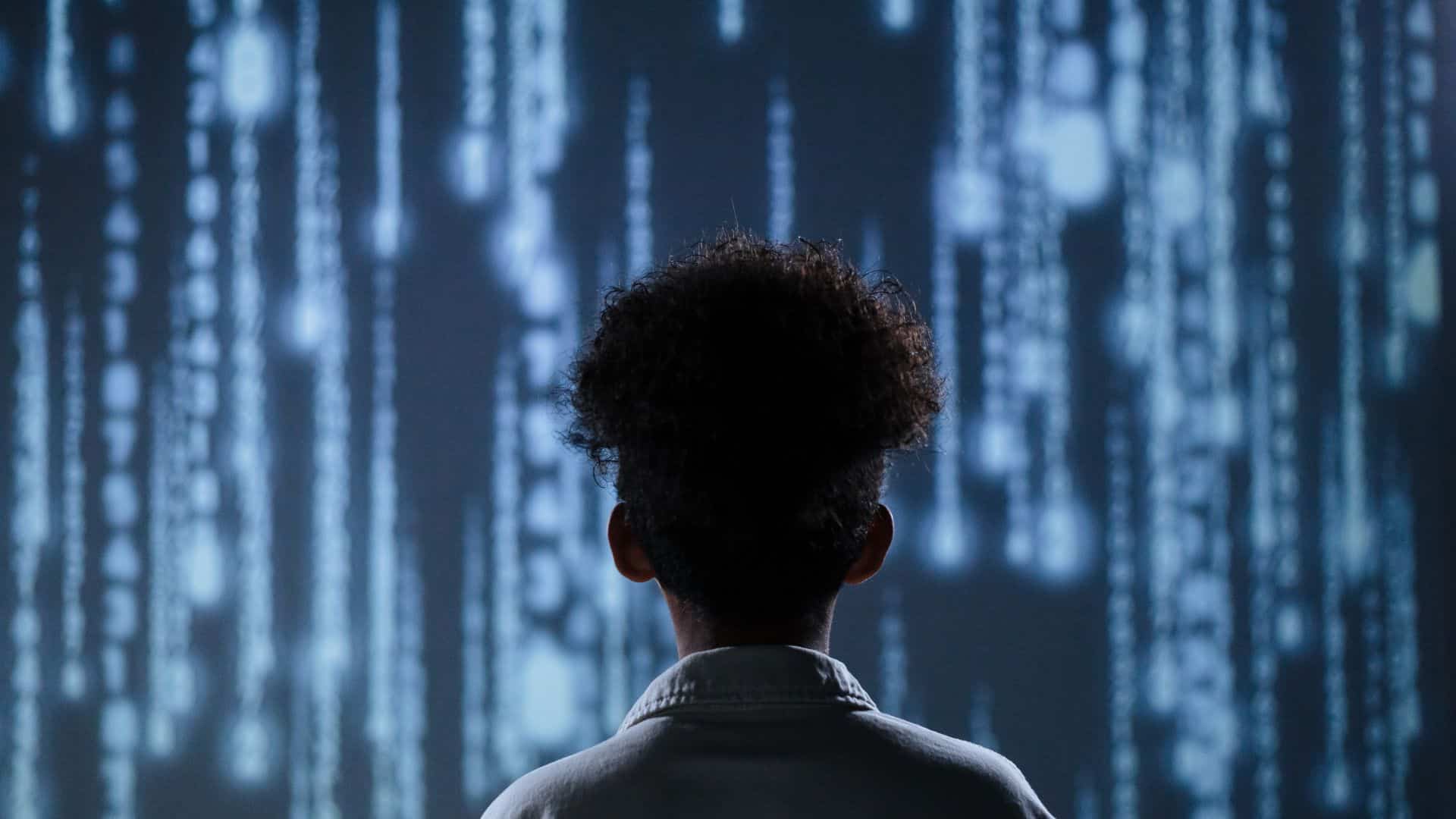
Navigating AI in Education: Challenges and Solutions for AI-Driven Learning
Integrating AI in education has rapidly become integral, reshaping how students learn and teachers instruct. Platforms like ChatGPT, Claude, Gemini, Deep Seek, and Cohere enable quick access to information, personalized learning, and alternative educational resources. This is particularly beneficial in regions with limited educational resources, bridging learning gaps effectively.
However, alongside these benefits, AI in education poses significant challenges for educators, particularly regarding student learning quality and assessment integrity.
Challenges of AI in Education
- Overreliance on AI Tools
Frequent reliance on AI-generated content can stunt students’ critical thinking and problem-solving skills. Students risk bypassing the essential learning processes involved in independent research and analysis. - Compromised Academic Integrity
AI-generated assignments blur the lines between original student work and AI-produced content, raising concerns about plagiarism and academic honesty. - Bias and Representation Issues
AI-generated content may include biases or lack inclusive representation, potentially shaping student perspectives inaccurately. - Copyright and Ethical Concerns
AI-produced content often faces issues related to unauthorized use and plagiarism if original sources aren’t appropriately cited or recognized. - Inequality in Access
Integrating AI without addressing technological disparities can widen educational inequalities, disadvantaging students without necessary resources.
Effective Solutions to Navigate AI in Education
- Implement Clear Usage Guidelines
Educators should establish clear guidelines for AI tool usage, emphasizing that AI should complement, not replace, independent thinking and research. Guidelines help students leverage AI responsibly, promoting deeper engagement with learning materials. - Utilize AI Detection Tools
Incorporating AI-detection software (e.g., Turnitin, GPTZero, Copyleaks) helps educators differentiate between AI-generated content and original student work. These tools analyze writing patterns and content authenticity, ensuring integrity in assessments. - Diverse and Interactive Assessment Methods
Introducing varied assessment formats—such as oral presentations, debates, video projects, podcasts, and experiential learning—encourages students to demonstrate genuine understanding and original thinking. Such methods reduce reliance on AI-generated outputs by requiring active student participation and creative input. - Rubric-Based Evaluations
Creating clear rubrics emphasizing critical analysis, creativity, and practical application helps assess genuine student learning. Rubrics clarify expectations and enable educators to evaluate deeper learning rather than surface-level content provided by AI. - Foster Interactive Discussions and Viva Sessions
Encouraging students to explain their work through interactive discussions, viva sessions, and Q&A interactions allows educators to assess student comprehension effectively. These sessions reveal students’ depth of understanding and ability to articulate concepts beyond AI-generated scripts.
The Way Forward: Balancing AI and Independent Learning
Educators must recognize AI in education as an educational aid rather than a crutch. Effective AI integration means striking a balance—using AI tools for enhancing productivity and learning experiences, while also preserving critical thinking, creativity, and originality in student work.
Collaboration between educators, technology developers, and students will be essential in refining AI’s role in education. Embracing innovation while reinforcing academic rigor will ensure AI serves as a powerful supplement to traditional teaching rather than a substitute for meaningful learning experiences.



